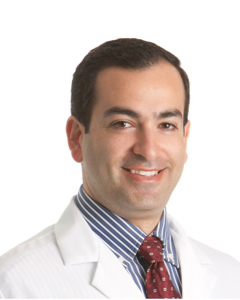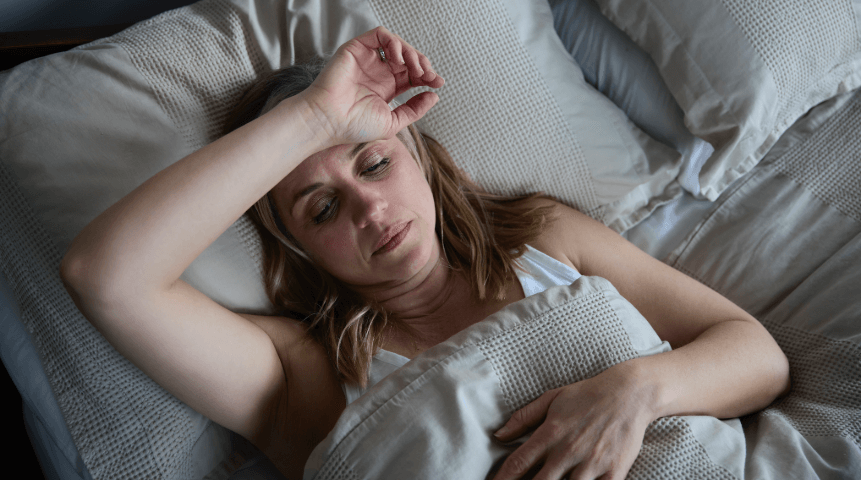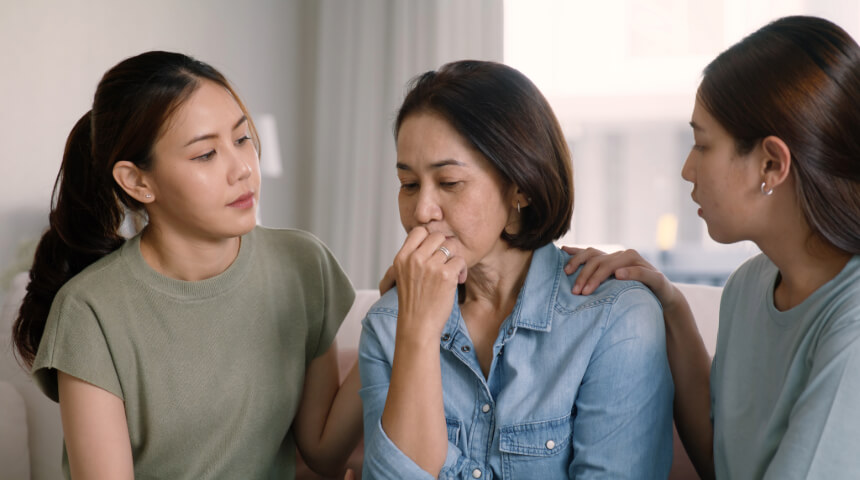After one restless night, most of us are tired and cranky in the morning. But for those with sleep disorders, that exhausted, irritable feeling becomes a way of life. More than 70 million Americans suffer from some type of sleep disorder, according to the National Sleep Foundation. In fact, many people don’t even suspect the sleeplessness they are experiencing is actually a sleep disorder.
Not getting good quality sleep can affect judgment, coordination and attention span, making you more prone to accidents. Other physical problems, such as obesity and hypertension, also are linked to chronic sleep problems.
Types of Sleep Disorders
Sleep disorders in general are caused by weak muscles in the airway, a large tongue, obesity and other factors that may cause airway tissue to collapse and obstruct breathing. Common sleep disorders include narcolepsy, characterized by a person falling asleep suddenly during the daytime, and chronic insomnia, characterized by a person having trouble falling asleep or staying asleep at night.
Sleep apnea is the most common sleep disorder and approximately 22 million Americans suffer from it. Sleep apnea is caused by partial or complete obstruction of the airway due to the muscles in the throat relaxing during sleep, narrowing the airway and reducing airflow. This condition disrupts the sleep cycle and can dramatically impact energy, mental performance and long-term health. In some cases, if left untreated, sleep apnea can be fatal.
Symptoms of a Sleep Disorder
Signs that you may have a sleep disorder include:
• Dozing off while reading, watching TV, sitting in meetings or sitting in traffic
• Slowed thinking and reacting
• Difficulty listening to what is said or understanding directions
• Difficulty remembering or retaining information
• Frequent errors or mistakes
• Depression or negative mood
• Impatience or being quick to anger
• Frequent blinking, difficulty focusing eyes or heavy eyelids
Some people may be more likely to develop a sleep disorder than others. Obesity, an increased neck circumference, craniofacial abnormalities (small airway, a set-back or small lower jaw, large tonsils, a large tongue, an abnormal face shape or nasal blockage), being male and middle-aged, being female and post-menopausal, snoring or having hypothyroidism can increase the risk of a sleep disturbance.
Diagnosing a Sleep Disorder
If your symptoms match any of these, talk with your doctor and ask to be referred to a board-certified sleep physician to begin a safe and painless sleep test. The outpatient test starts in the evening in a sleep lab or at home and lasts at least six hours. As you sleep, a sleep technologist will monitor the physiology of your body. Small electrodes attached to your body, similar to those used in an EKG exam, provide valuable information about your stages of sleep, body movements, respiratory events, heart rate, snoring and general behavior.
After analyzing the results and recommendations of your sleep study, your physician will be better able to pinpoint the cause of any sleep-related disorder and develop a plan for helping you get quality sleep.
How Occupational Therapy Can Help
It may be surprising to think of occupational therapy helping sleep disorders, but these therapists use a holistic approach to identify the possible factors that might lead to a sleep problem. They consider how physical, cognitive, sensory and psycho-emotional disturbances as well as major life events impact sleep.
Using knowledge of sleep physiology, sleep disorders and evidence-based sleep promotion practices, occupational therapists evaluate and address how the lack of sleep affects your work and life. They use cognitive behavioral therapy (CBT) strategies to help you modify sleep patterns by having a regular sleep schedule, minimizing nighttime stimuli, and reserving the bedroom for sleep and sexual activity. In addition to CBT, occupational therapists also use assistive devices and equipment, activities and lifestyle intervention.
Occupational therapy includes:
- Adjusting daily routines
- Activity analysis
- Environmental adaptation
- Beds, positioning and equipment
- Sleep hygiene
- Exercise
- Hypnotic medication (and other medication)
If you think you have a sleep disorder, it’s important to seek a diagnosis so that you can begin treatment and start enjoying the benefits of a healthier, more rested life.
Choose to Stay in Touch
Sign up to receive the latest health news and trends, wellness & prevention tips, and much more from Orlando Health.
Sign Up for HealthBeat










